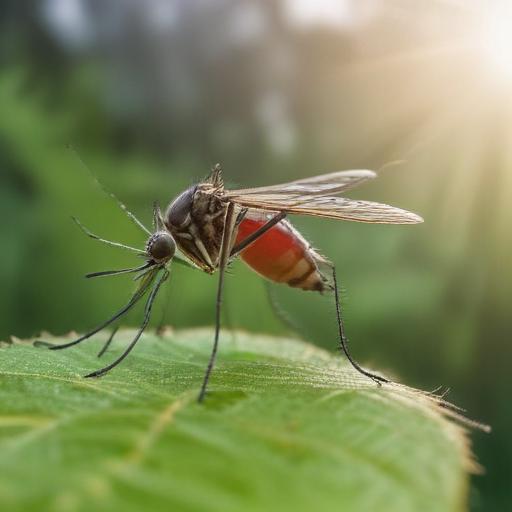The southern Chinese province of Guangdong has experienced a significant increase in cases of chikungunya fever, with local authorities reporting 2,892 new cases in the past week. Notably, most infections were concentrated in Foshan, which accounted for 2,770 cases, while the provincial capital, Guangzhou, saw 65 cases.
In response to this outbreak, provincial governor Wang Weizhong emphasized the need for “decisive and forceful measures” to combat the spread of the disease effectively. He stated during a government meeting that the focus is on “winning the tough battle against the outbreak in the shortest possible time.” Additionally, Shen Hongbing, director of the national Centre for Disease Control and Prevention, visited Foshan to encourage quick actions to eliminate the outbreak and protect public health.
Chikungunya fever is spread by the Aedes mosquito and presents symptoms such as high fever, severe joint pain, rash, and fatigue. Importantly, the disease is not transmissible through direct human contact, underlining the need for vector control to manage this health crisis.
This proactive response from local and national authorities reflects a commitment to public health and demonstrates the importance of swift action in managing infectious disease outbreaks. The focus on vector control and community awareness can lead to a more resilient approach in preventing similar outbreaks in the future.
